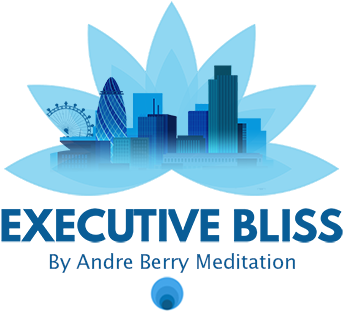It’s 3:12am—Again. You’re Not Broken. You’re Being Signalled.
You’re asleep.
Then you’re not.
It’s 3:12am. Again.
You check the time.
You sigh.
And even though your body is tired, your mind has decided this is the perfect time to rehearse a conversation from last week… or redesign your entire life.
Sound familiar?
If you’re regularly waking up around 3am, you’re not alone—and you’re definitely not broken.
But here’s the thing: it’s probably not random.
What’s Really Happening at 3am? Your body runs on rhythms—not to-do lists.
Around 3am, your system naturally transitions from deep sleep into lighter, more emotionally active cycles tied to dreaming and repair. If you’re under pressure or holding unspoken thoughts, this is when they surface.
Your nervous system asks:
“Are we safe?”
If it doesn’t get a clear “yes,” it wakes you up—to protect you.
This matters deeply for those navigating executive performance, leadership roles, or high-pressure corporate environments, where rest is often the first thing sacrificed.
But there’s another layer, too…
Traditional Chinese Medicine: Your Body’s Nighttime Messages
According to Traditional Chinese Medicine (TCM), the body has a 24-hour energy clock—different organs are active at different times of the night.
1am–3am (Liver): Associated with anger, frustration, and emotional detox.
3am–5am (Lungs): Linked to grief, sadness, and the energy of letting go.
So if you’re waking in these windows, your body may not be “malfunctioning”—it may be inviting you to release, process, and reset.
What to Do (That Actually Works)
1. Don’t panic. You’re not failing.
You’re receiving a signal, not an alarm.
Instead of judging the wake-up, meet it with compassion.
Place one hand on your heart, one on your belly.
Take a few slow breaths.
Repeat: “I am safe. I am supported. I can rest.”
2. Don’t reach for your phone—reach for presence.
Even five minutes of screen time can spike cortisol and disrupt melatonin.
Instead, try breath-based meditation or quietly repeat a soft mantra:
“Let go.”
“Nothing is urgent.”
“I am here.”
You’re not forcing sleep—you’re creating space for it to return.
Evening Practices That Promote Deeper, Restorative Sleep
If 3am is your regular wake-up call, support begins before bedtime.
These wellness solutions are especially helpful for anyone managing burnout, business travel, or corporate pressure:
1. Seated Forward Fold (Paschimottanasana)
Calms the nervous system
Supports liver function
Releases tension from the spine and back body
Stay in the fold for 10 slow breaths. Imagine your stress softening into the floor.
2. Lung-Clearing Breath (Extended Exhale)
Inhale for 4 counts, exhale for 8
Triggers the parasympathetic response
Supports stress regulation and emotional clarity
3. “Let Go” Hand Practice
Sit upright. Palms open.
Visualise letting go of the day’s burdens—no fixing, just release.
Then turn your palms down and rest.
A Gentle Evening Rhythm (For Real Life)
This isn’t about routines that take hours. It’s about building a simple rhythm that invites peace—not pressure.
1 hour before bed
Turn off screens, dim lights, lower stimulation
Read or journal, gently transition from doing to being
30 minutes before bed
Sip calming herbal tea (try chamomile, tulsi, or lemon balm)
Practice breathwork or a grounding pose
At bedtime
Lie down. Place one hand on your heart, one on your belly.
Repeat: “I am safe to rest.”
Let your breath become your lullaby.
A Note to the High-Performers
Sometimes waking at 3am is the only time your nervous system or your soul gets a word in.
A whisper:
“Slow down.”
“Come home.”
“You don’t have to carry this alone.”
It’s not an interruption. It’s an invitation to build a better relationship with rest, rhythm, and yourself.
And that’s what we’re here for.
Join us at Executive Bliss LIVE – The Art of Blissful Living
https://www.eventbrite.co.uk/e/executive-bliss-the-art-of-blissful-living-tickets-1290121420899?aff=ebdsshsms&utm_share_source=search_android
Central London | Saturday 31st May
A full-day immersion to restore clarity, energy, and nervous system balance—through movement, stillness, science, and soul.
hello@executivebliss.co.uk
+44 7738 167803
Because the deepest rest isn’t just sleep. It’s peace. And peace is something we can practice—together.


